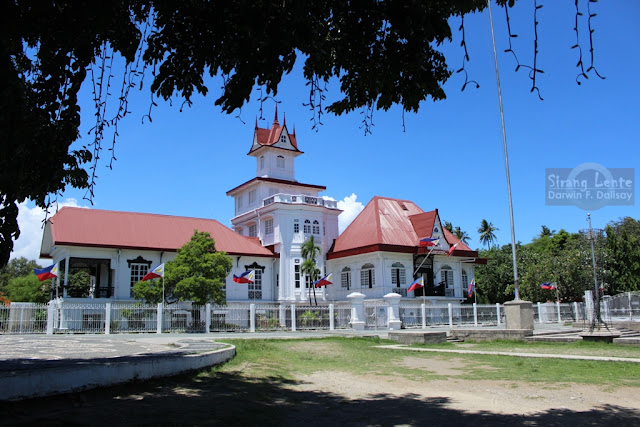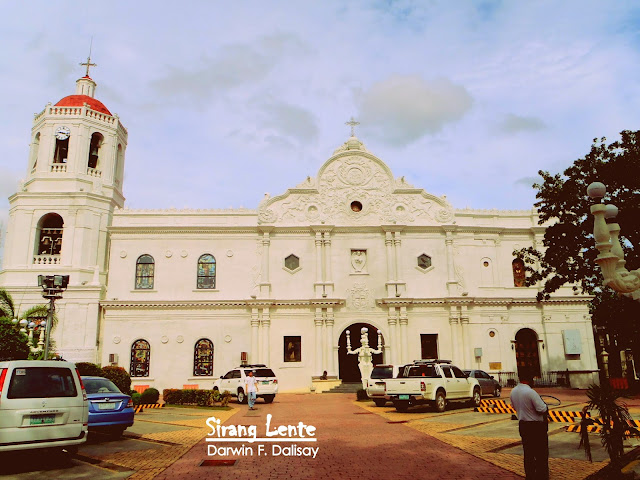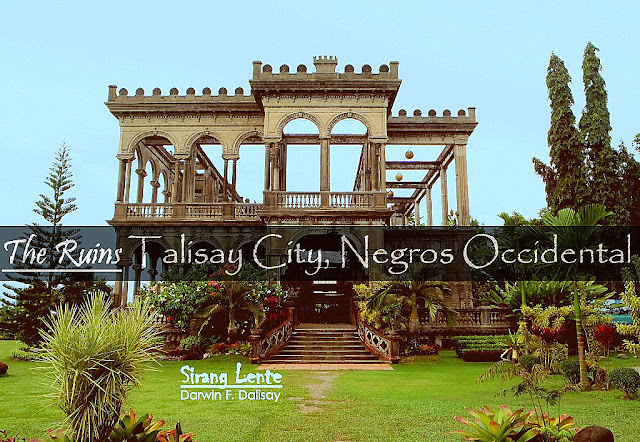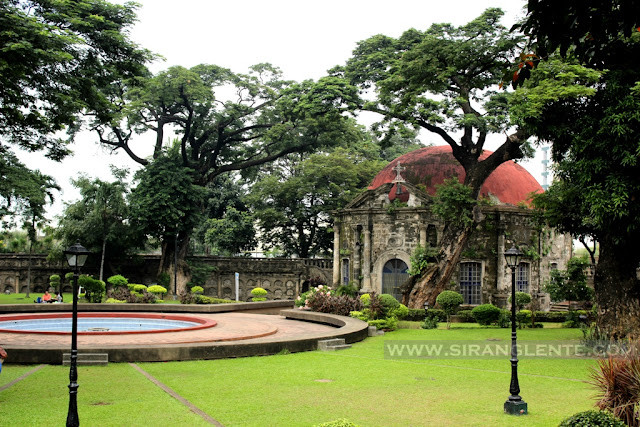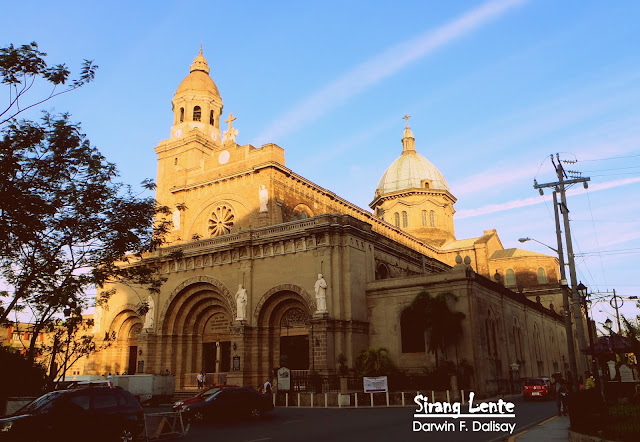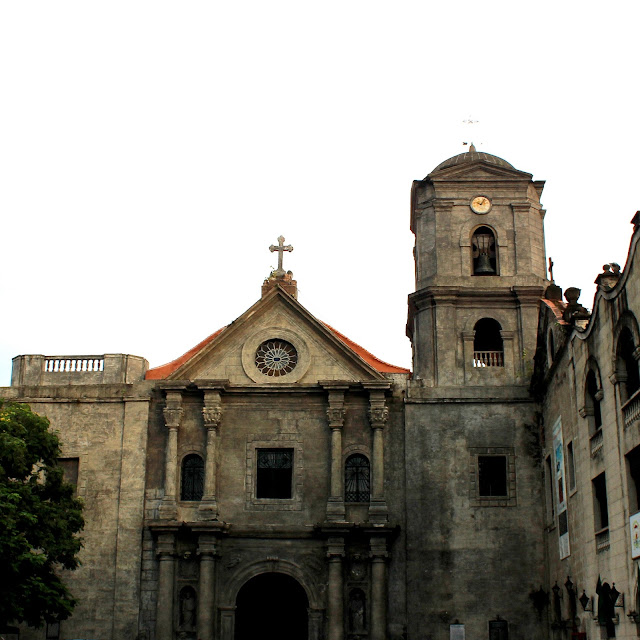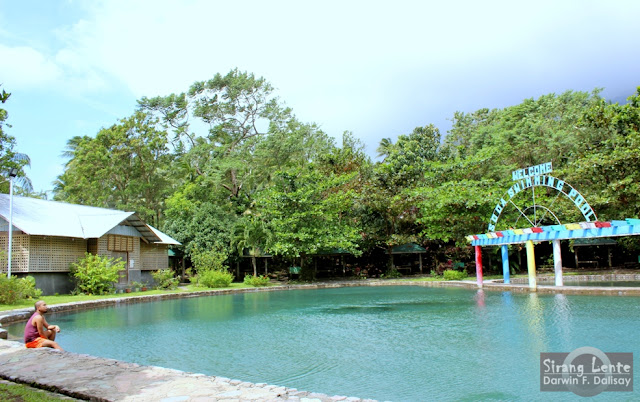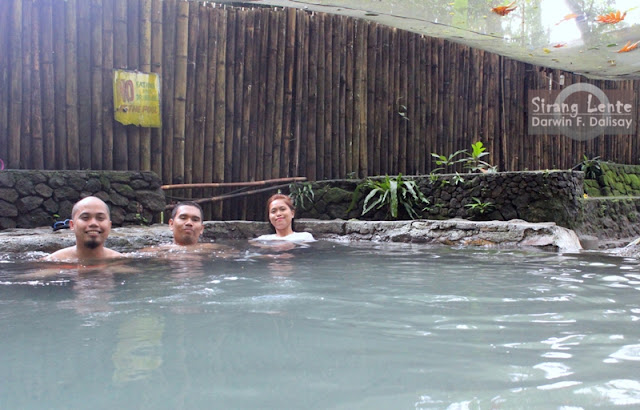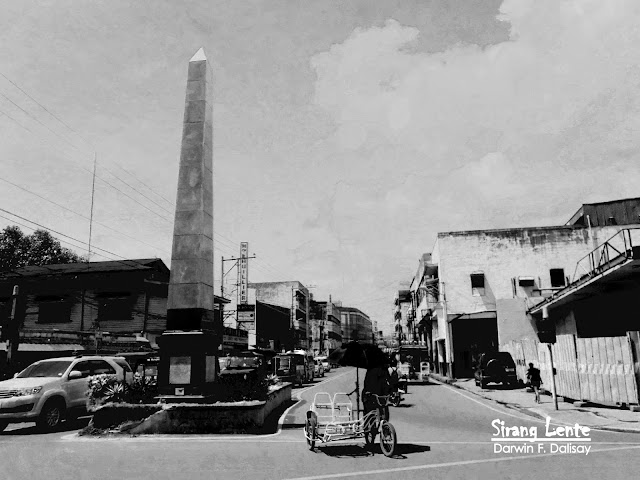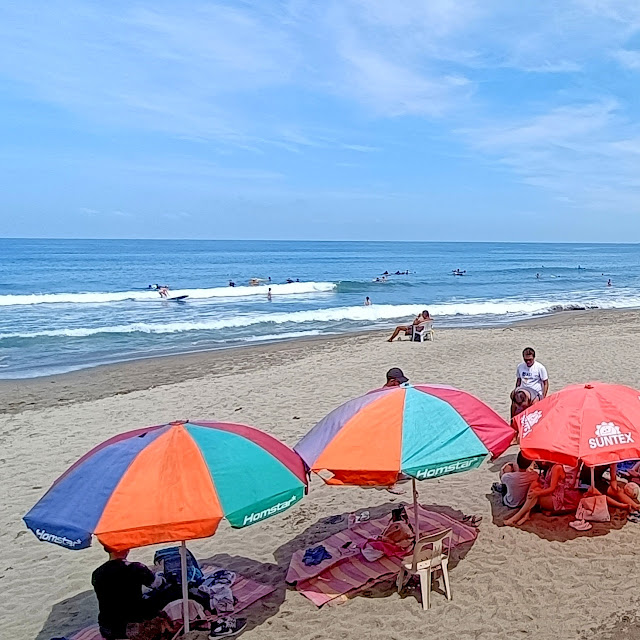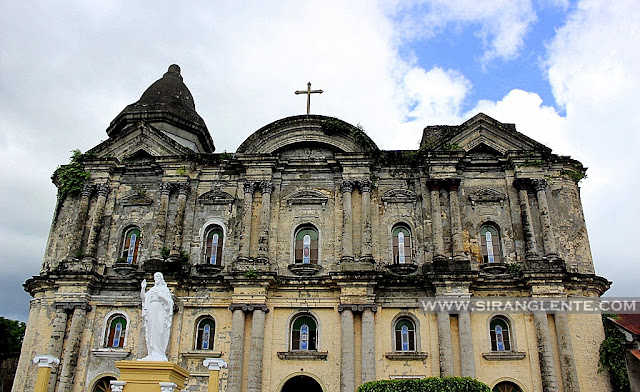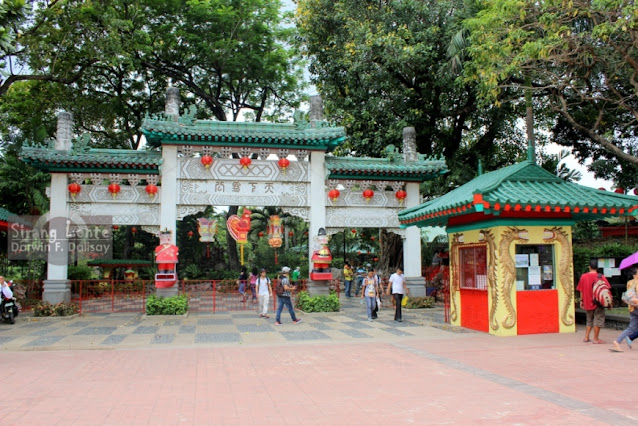
It is an islet situated in Brgy. Uacon, Municipality of Candelaria; a few hours of land travel from Manila. Before the coves of San Antonio were discovered, this island was first hailed as one of the finest gems of the province because of its fine white sand beaches, crystal clear waters, and relaxing ambiance. Since it is separated from the mainland and is in a remote area, a few visitors can only visit.




